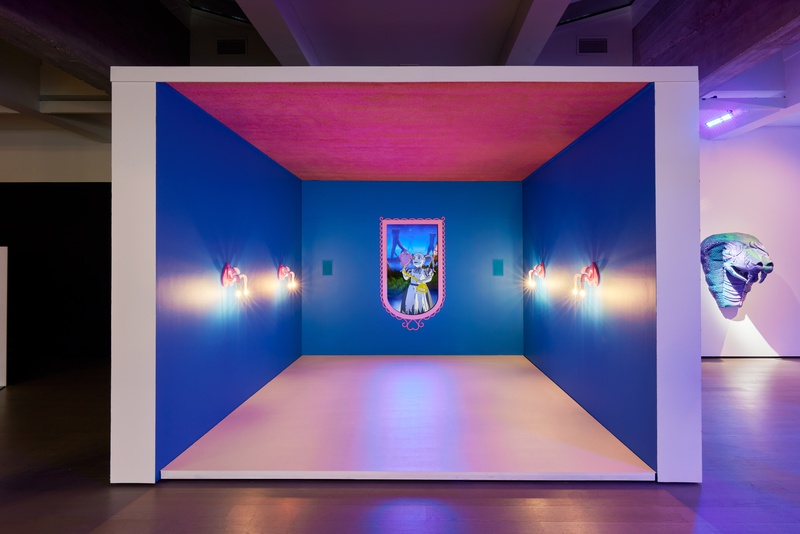Since we first caught sight of our reflections in still, dark waters, we started chasing self-image - driving us to refine the technologies we use to do so. At each step of this evolution, from silver-nitrate mirrors; to explosive flash powders and today’s one-eyed “selfie” cameras, new fables have emerged. These tales speak to the fragility of humanity and the fluidity of its values - each new reflecting pool becoming a site to question and play, or a means to entertain and bully guests at festivities. Mirrors - from those inhabiting the luxury salon to those in our linted pockets, each carry their own functions and emerging fairytales.
As new technologies create new opportunities to distort, beautify or otherwise adjust ourselves, in pursuit of self-knowledge, we become the protagonist of our own fantasies. Face filters engage us in a new daily ritual: the timeless ritual of masking - until today, these rituals take place in front of our phones. Through the screen of our phones we challenge binary structures and experience the prism of the self - while we train exploitative algorithms for ambitious startups, the development of neural networks and Artificial Intelligence. With every technological development, a slice of fiction becomes a reality. These fictions are a state of identity that emerges temporarily as we pursue freedom of movement and expression. Along the way, this occupation with ourselves generates new stories to immerse ourselves within.
The exhibition Screen, Screen on my Phone, Who’s the Fairest of Them All? is a follow-up on research that Doringer has conducted on the ritual of masking (2007-2018) known under the title FACELESS.

